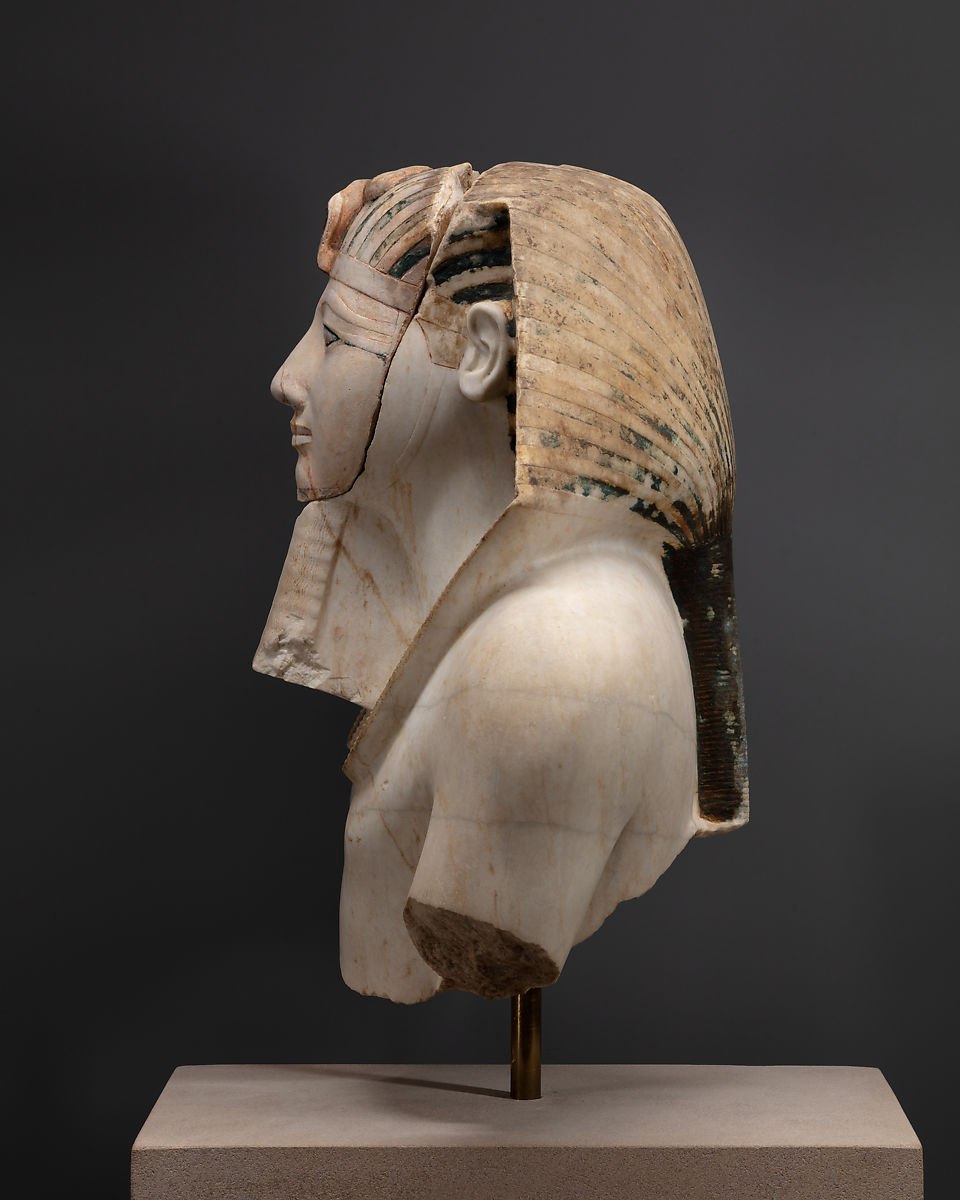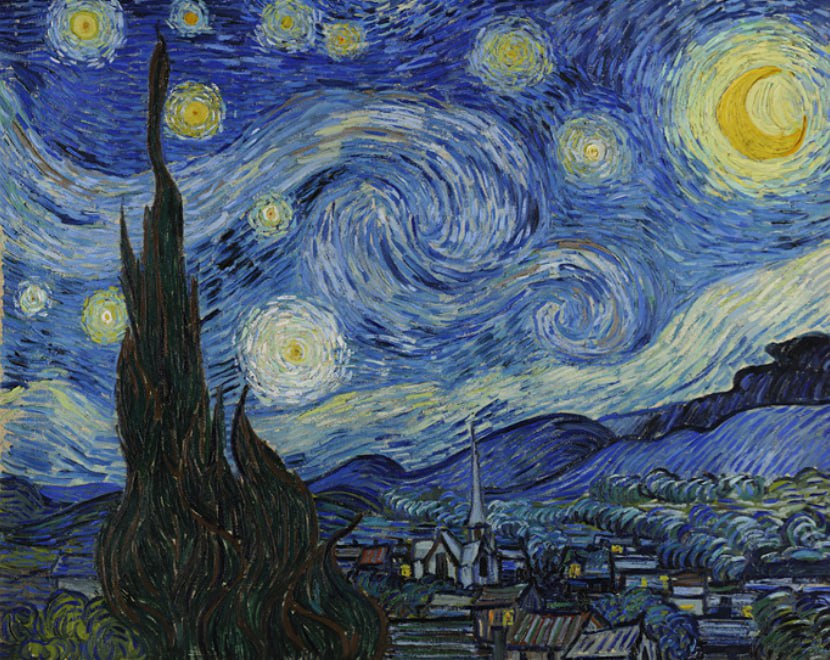He is worshipped or disliked. The odd Russian artist is Wassily Kandinsky.
Few people know that before he became an artist and radically turned his life upside down, he was a successful professor of law. Not every man can give up a solid career, stability and go to all the trouble of a bohemian life with swings in emotion and wealth. He made it.
Kandinsky later recalled two events that influenced this decision: visiting an exhibition of French Impressionists in Moscow in 1895, where he was stunned by Claude Monet’s painting Haystacks, and the impression of Richard Wagner’s opera Lohengrin at the Bolshoi Theatre.
And so, at the age of 30, he gave up his professorship and in 1896 he went to Munich, then considered one of the centers of European art, and enrolled at the prestigious private school of the Yugoslav artist Anton Ajbe, where he acquired his first skills in constructing composition, in working with line and form. Then in 1900, after an unsuccessful attempt the previous year, Kandinsky enrolled at the Munich Academy of Fine Arts, in the class of F. Stuck, “the first German draftsman. His family is shattered, but the artist searches for himself and his path in art.
In 1911, Kandinsky, together with his friend, the painter Franz Marc, organizes the group The Blue Rider. According to the artist himself, “the emphasis was placed on revealing the associative properties of color, line and composition.”
In 1912, the book “On the Spiritual in Art” is published. It overturned the established view of art in general, this book became the first theoretical foundation of abstractionism. With the outbreak of World War I he moved to Switzerland, where he wrote another book on “point and line,” summarizing the theory of “Objectless Art.
In 1917, he marries Nina Andreeva, whom I wrote about in my series “Muses of Great Artists,” and the couple returns to Russia, where everything is revolutionary right down to art. Kandinsky is embracing his new life and taking up various leadership positions in art educational institutions. The constant attacks of fellow artists who considered his work “disfigured spiritualism” (Punin) are the decisive factor for Kandinsky’s departure from Moscow in December 1921. The pressure of socialist ideology on art, which later led to the emergence of socialist realism, begins after 1922. Kandinsky’s paintings are removed from Soviet museums for many years.
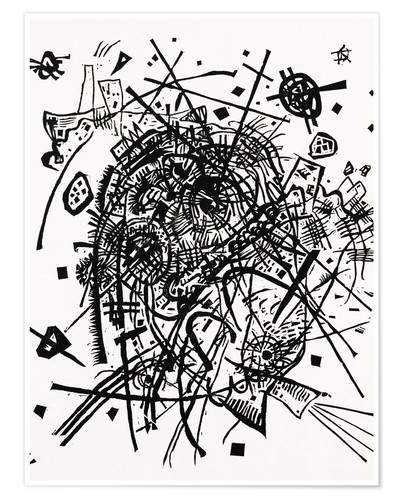
On his return to Germany, Kandinsky accepts the invitation of Walter Gropius, founder of the famous Bauhaus (the Higher School for Construction and Artistic Design). I will write about this school separately. Kandinsky takes over the mural painting workshop. He again teaches and develops his ideas. This concerns, first of all, an intensified analytical study of the individual elements of painting, the results of which he presents in 1926 in the essay Point and Line on the Plane. Kandinsky also worked and experimented extensively with color, applying the analytical framework and findings to his teaching. Kandinsky’s work again undergoes changes: individual geometric elements come more and more to the fore, the palette is saturated with cold color harmonies that are, at times, perceived as dissonance, the circle is especially used as a sensual symbol of perfect form. “Composition VIII,” 1923, is the major work of the Weimar period. Today it is in the Solomon Guggenheim Collection.
I won’t lecture you on Kandinsky’s theory. I will only say that if you remember Lobachevsky’s theory of geometry, which discovered objects in space, the understanding of Kandinsky’s paintings goes into the category of rapture.
By the way, about the application of Lobachevsky’s theory to art and architecture, too, later…
The IOM Museum of Modern Art has a remarkable collection of the artist’s paintings from 1913 to 1933
Kandinsky’s paintings of the last years of the Bauhaus are imbued with lightness and strange humor, which would reappear in his later Parisian works. These include, for example, Whimsical, 1930, which evokes cosmic-Egyptian associations and is filled with fabulous symbolic imagery in the spirit of Paul Klee, an artist with whom Kandinsky was friends during these years. Around 1931 a major campaign by the National Socialists against the Bauhaus unfolds, leading to its closure in 1932. Kandinsky and his wife emigrate to France. There he meets Peggy Guggenheim. “Marcel (Duchamp) sent me to see Kandinsky. He was a wonderful old man of seventy, cheerful and charming, with a nightmarish wife thirty years younger than him named Nina. Everybody adored him and hated her.
Peggy helped organize his exhibition in London.

Between 1926 and 1933, Kandinsky painted 159 oil paintings and 300 watercolors. Many of these were unfortunately lost after the Nazis declared Kandinsky’s painting and that of many other artists “degenerate.
The Parisian art scene reacted modestly to Kandinsky’s appearance. The reasons for this are its isolation from its foreign colleagues and the lack of recognition of abstract painting as such. As a result, the artist lives and works in seclusion, limiting himself to communicating only with old friends. At this time the last transformation of his painting system takes place. Now Kandinsky does not use combinations of primary colors, but works with dim, refined, subtle color nuances. At the same time, he complements and complicates his repertoire of forms: new, biomorphic elements come to the fore, which feel at ease in the space of the painting, as if floating on the entire surface of the canvas. Kandinsky’s paintings of this period are far from the feeling of “cold romanticism”; they are filled with the effervescence of life (see “Sky Blue”, 1940, “Simple-Sophisticated”, 1939, “Motley Ensemble”, 1938 and others). The artist himself called this period of creativity “a truly picturesque fairy tale.” Look at these paintings. For me it is a cosmic world in a cage under a microscope. Amazing life, hidden from the eye and revealed to us again by the artist. During the following war years, due to a shortage of materials, the formats of paintings become increasingly smaller, up to the point where the artist is forced to be content with working in gouache on small format cardboard. And again he faces the rejection of the public and colleagues of his art. And once again he develops and perfects his theory: “Abstract art creates a new world next to the ‘real,’ with the appearance of having nothing in common with ‘reality.
Until the very end, Kandinsky did not doubt his “inner world,” the world of images, where abstraction was not an end in itself and the language of forms was “stillborn”; they arose from the will to content and vitality.
During his 10 years in France the fugitive artist did not become “one of his own” either for the Parisian artistic intelligentsia or for the Russian emigration. He did not understand a word of French, and Paris did not speak the language.
In the suburbs of Paris Kandinsky found his last refuge, but never found a home, met the Second World War, but did not get to see the sunset of fascism. He died in 1944 three days before his 78th birthday.
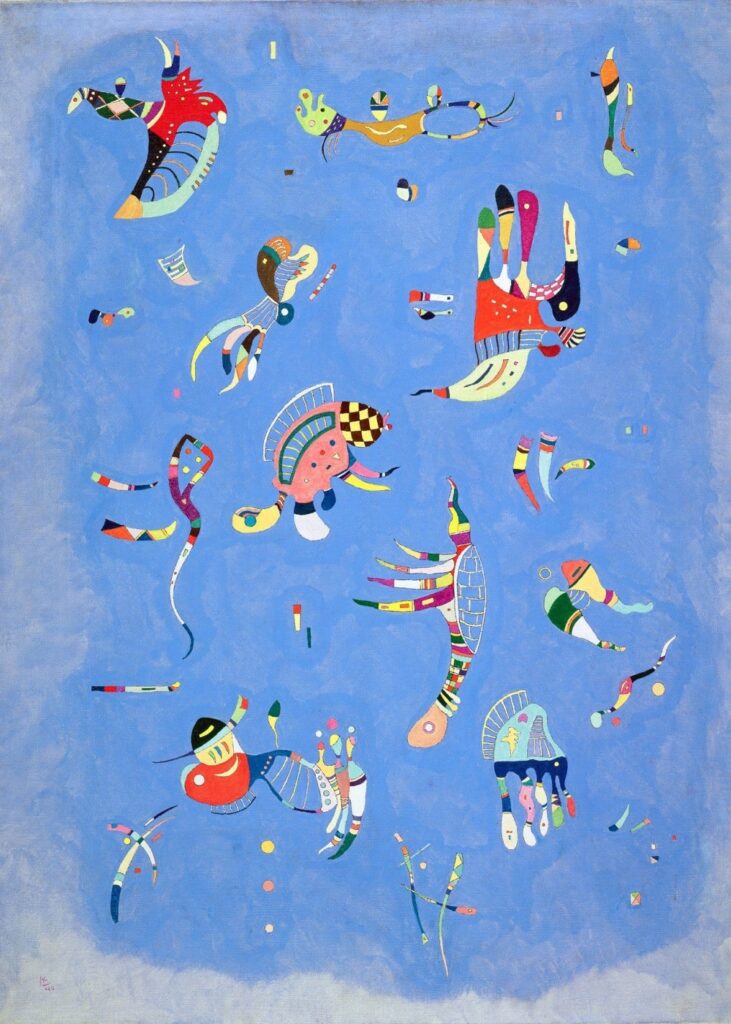
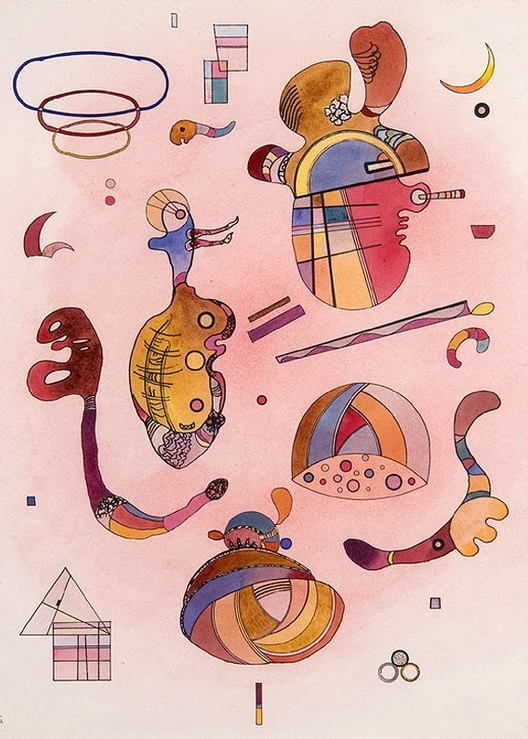

 " alt="Wassily Kandinsky" loading="lazy">
" alt="Wassily Kandinsky" loading="lazy">
